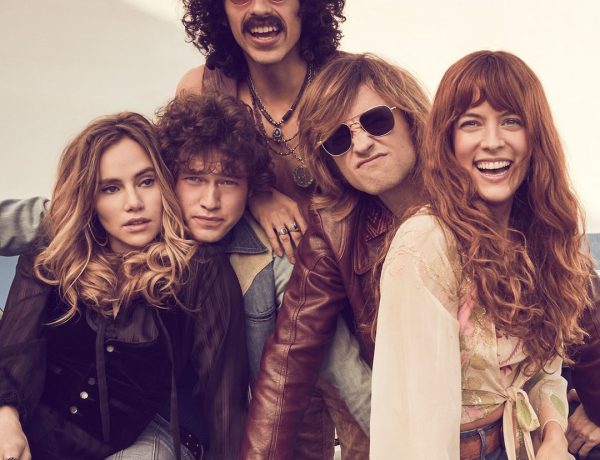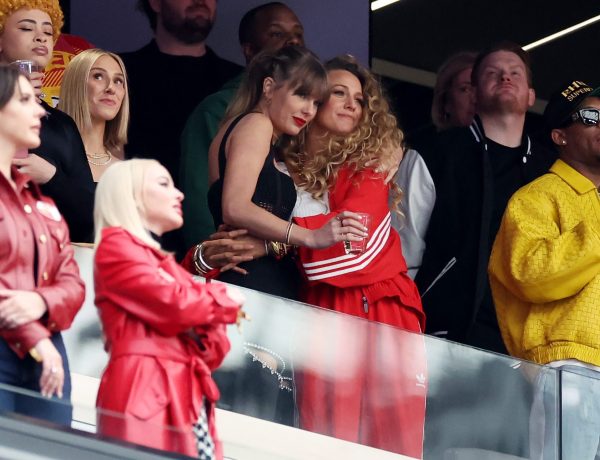In the past week alone, searches for “daylist” on Spotify have increased almost 20,000%. No, that’s not a typo — according to the platform, users are scrambling to figure out what their automated and personalized playlists are titled.
Daylists, which launched in September, are Spotify playlists made up of songs chosen to match what the user usually listens to depending on the time of day.
How do you find your personalized Spotify daylist?
The daylist is available for free and premium Spotify users in English-speaking countries.
On Spotify’s desktop app, it can be found by searching “daylist.” On the streaming platform’s web player, it can be found at spotify.com/daylist. On the mobile app, it can be found in the Made For You hub.
How does Spotify daylist work?
“Daylist is personalized to every user, which means tracks are chosen in each playlist to match both the musical descriptor and time of day,” a representative from Spotify told Yahoo Entertainment. “No two daylists are ever the same.”
The playlist updates automatically, in terms of what songs are included as well as the hyperspecific playlist names, and features frequently played songs and makes recommendations of new ones.
Since the daylists change multiple times a day and disappear after each update, Spotify also provides the option for users to save specific playlists permanently in their library. To do that, tap the three-dot menu and scroll down to “Add to your library.”
Spotify told Yahoo Entertainment that there are some common “vibe” themes depending on whether the playlist is for morning, afternoon or evening. For the morning, popular vibes include “nostalgia,” “chill” and “love”; in the afternoon it’s “main character,” “laid back” and “happy”; while in the evening some are “missing you,” “masterpiece” and “lit.”
Why are people sharing their Spotify daylist results?
It’s the same “shareability” tactic that Spotify used for its Spotify Wrapped campaign, which started in 2016.
Released annually in December, Spotify Wrapped recaps listening trends and comes up with “aesthetics” to define the listener based on their taste. What makes it very successful, however, is that it is easily shareable to social media platforms. With a click of a button in the Spotify app, users can share the results everywhere else.
“We built daylist with shareability and individuality at the core, making it even easier for users to express themselves and share across their favorite social platform,” the Spotify spokesperson said. “We know our users love sharing their unique musical tastes with friends. Daylist was created to embrace just that.”
Daylists can be shared in one of three formats: ready-made screenshots, a special social media “sticker” and a changing share card with different backgrounds that depend on the time of day the playlist is shared.
Within the last week, thousands of social media users have shared screenshots of their daylist assignments. Some are badges of honor, like “puppy love cinnamon wednesday evening” or “mom rock post-grunge friday morning.” Others play embarrassed when sharing their time-designated compilations or “called out,” but still make their daylist names public to followers and friends.
It seems to go against how the internet usually feels about algorithms. People tend to hate the specificity of ads on Instagram feeds, but somehow seem to love the specificity of Spotify assigning us an identity based on what music we listen to.
Aja Chavez, the executive director of Mission Prep, which provides mental health care to teens and their families, explained to Yahoo that, especially for young people, it’s a matter of control.
“When we’re looking at social media, at something like Instagram or TikTok, we have this innate awareness that ‘Oh, they’re trying to sell us something,’” she said. “It doesn’t feel that way yet with something like Spotify — that they’re trying to directly guide us to do something on social media.”
Chavez, who works with clients ages 12 to 17 years old, added that what drives people to share their results on social media is the age-old desire for individualism and identity — especially during adolescence.
“It’s just one more way for us to show the world this is who we uniquely are. ‘Do you love me? Do you accept me? Do you like me? Do I fit in?’” Chavez said. “We want to be our own individual and we want to be a part of a group.”
Don Grant, the national adviser of healthy device management at Newport Health, a teen-focused mental health and substance abuse treatment center, summarized it as an example of “identity theory.”
“The Gen X-ers, the millennials, they’re all trying to figure out who they are,” he told Yahoo Entertainment. “[Gen Z is the] first generation that has social media, where, based on how responses are from others, can change who we are.”
Grant, who also works with adolescent clients, said he’s not surprised Spotify has figured out another way to get users to essentially provide it free advertising on other social media platforms, like with Spotify Wrapped. He compared daylists to taking online personality quizzes, like the Myers-Briggs test, or reading about your zodiac sign.
A lot of people make the same joke about it on X, formerly known as Twitter.
While it seems that the user is not in control of the daylist outcome, there are ways to manipulate it into generating what you want and how you want to be seen.
“I ask [clients], ‘Did you find that it entered your mind, psychologically, to reject or resist certain songs and try to harvest or cultivate other ones?’” he said, referring to Spotify Wrapped. “I’ll tell you, a lot of them are really already thinking [about it] in the beginning of the year.”





